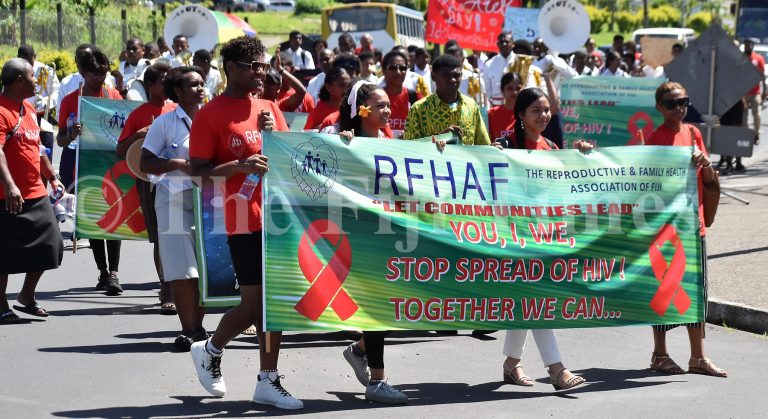Heterosexual transmission remains the main exposure risk for HIV-1 in Fiji, a study published in Nature has concluded.
The study has been authored by 18 doctors and scientists from Fiji, New Zealand, Australia and France.
“Very little is known about the HIV-1 epidemic in Fiji, nor the wider South Pacific region more generally, yet new reported HIV-1 infections are on the rise,” the authors said.
“As of 2023, there are an estimated 2000 cases of HIV-1 in Fiji with heterosexual contact the primary route of transmission.”
A molecular epidemiological approach was used to reveal patterns of viral transmission by taking venous blood samples from people who had previously been diagnosed with HIV-1.
“Fiji has the second-fastest growing HIV-1 epidemic in the Asia-Pacific region, yet little is known about the genetic diversity that shapes this outbreak, nor the effect of public health interventions on its trajectory.
“Among the genetic data from 53 HIV-1 samples, we inferred six separate introductions of the virus into Fiji, where at least two of these introductions led to sustained transmission.
“Within the two large clusters identified, ongoing transmission was likely sustained for approximately 20 years followed by a dramatic decrease circa 2014.”
The authors said the decrease in HIV numbers in 2014 was because of an increase in public health interventions in Fiji such as contact tracing, educational campaigns and increasing treatment and counselling accessibility.
“Heterosexual and unknown transmission within the cluster suggests heterosexual transmission remains the main exposure risk.
“Future work should focus on assessing the extent to which risk groups contribute to overall spread.”
This study showed that a HIV-1 molecular epidemiological surveillance system in Fiji could provide, in real-time, a better understanding of the HIV-1 transmission dynamics, particularly among high-risk populations.
“Our results are the first to show how both new introductions as well as sustained transmission has largely driven the epidemic in Fiji.
“We conclude that public health efforts have likely decreased the rate of transmission over the last decade of the clusters identified here.”


